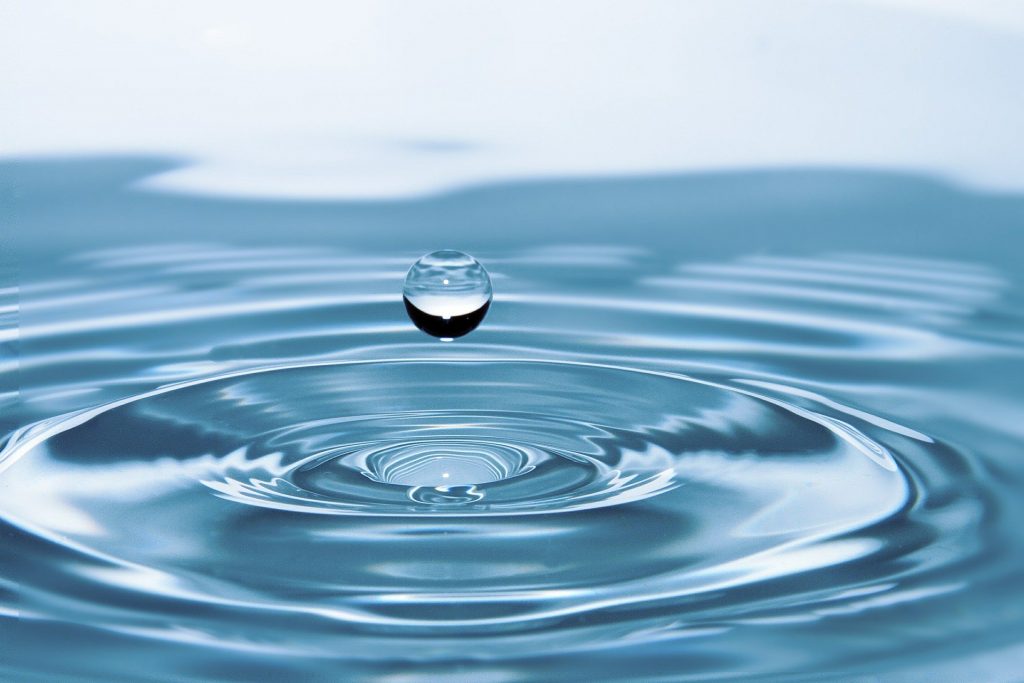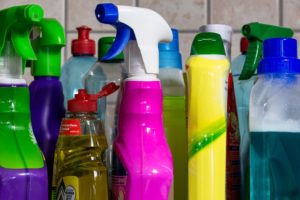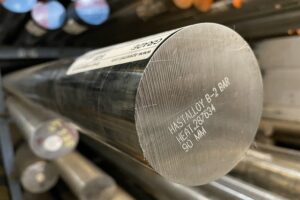Lead Exposure and Toxicity

Lead is a metal that has a long history in numerous industries throughout the United States. It has been found to be useful in paint, gasoline and plumbing among other uses. While concerns for lead exposure were known even in Roman times, those concerns were often ignored when convenient. In the 1920s, the discovery of how leaded gasoline improved combustion engine performance convinced General Motors that leaded gasoline was the key to saving the American automobile industry.
Lead in Gasoline
Early on with the use of lead-based fuel additives, it was clear that things were amiss. Employees tasked with manufacturing the additive started developing severe mental health problems and dying. Fifteen workers lost their lives from lead exposure and newspapers started calling leaded gasoline “looney fuel.”
The surgeon general of the day rammed through a hasty, seven month evaluation of leaded gasoline in an attempt to calm the public and ascertain its safety. While the established committee stated they needed more time to evaluate the health effects of leaded gasoline, the surgeon general used the lack of preliminary results as evidence for the safety of the new product and commercial production was allowed up until the 1970s.
Over the course of its use, research into the health effects of lead exposure began to show problems with even low level exposure. Lead containing car exhaust was no longer seen as safe for the general public and a phase out began in the mid 1970s.
In 1978, 88% of children in the U.S. had elevated lead levels known to cause loss of IQ (Bellinger 2006). Estimates suggest lead exposure in the population decreased 64% from 1975 to 1982 (Archive EPA 2020). This decline was primarily driven by the decreased use of leaded gasoline.
Lead in Paint
Lead is used in paints for color and to improve durability. Unfortunately, once lead paint is applied to walls in a home, it doesn’t just stay on the walls. Over time, particles or chips of paint can flake off and exposure can cause toxicity, especially in children and pets.
In the United States, lead was finally banned from paint for home use in 1978. Houses built after 1978 should be mostly lead-free (EPA 2020), although there have been cases where old lead paint was still used by accident.
Lead in Carpet Dust
While I was working in Seattle, I took a course from the American Lung Association on healthy air in homes. They had a chapter on lead exposure where students in the class were required to vacuum the deep dust out of their carpet with a special vacuum cleaner. These dust samples were then evaluated for lead. The results were disturbing. Every person whose home was built before 1960 had lead levels that exceeded EPA superfund cleanup site levels. Most of this lead was likely from lead paint dust that was still present in the home. It raised obvious concerns for exposure and negative health effects.
Lead in Water
Lead pipe and solder were used historically throughout the United States for plumbing. In 1986, lead was finally banned from being used for any public water system. Unfortunately, many lead pipes and lead soldered fixtures are still a part of the public water system and have never been replaced.
In order to prevent water from leaching lead from pipes, it’s recommended to use specific additives and to keep water more alkaline. If water becomes too acidic, it can quickly leach lead, raising levels in drinking water above safety standards (EPA 2020). Unfortunately, this was exactly what happened in Flint, Michigan. In a move to save money, the city was in the process of switching the public water supply, but needed a short-term water source. The city used local river water and failed to treat it properly. The river water quickly started leaching lead from old pipes and lead levels in tap water became unsafe. In one home, lead levels were found to be 13,000 ppb. To put that in perspective, the action level for lead in tap water is 15 ppb (ACS 2016).
Lead Toxicity
Lead is very toxic, even at low levels. The metal displaces other minerals, like calcium, magnesium and iron, which contributes to its toxicity (Beeregawda 2014). Lead can damage the brain, the cardiovascular system and kidneys. It also damages fertility and is known to cause cancer (Kumar 2020).
While lead doesn’t often get a lot of press, there are still significant concerns for exposure in this country. Most exposure stems from lead contamination left over from historical use, although exposure from contaminated food or commercial products still occurs (Hore 2019, Garcia 2017).
Children are often most vulnerable, due to their small size, developing brain and nervous system and their propensity for putting things in their mouth. Estimates from 2005 suggest that 25% of children grow up in homes with a risk for lead exposure and things likely haven’t improved much since then (AAP 2005).
Prevention
If your home was built before 1978, it likely contains lead. Dust and vacuum on a regular basis. Vacuums with dust sensors can help remove deep dust from carpets, reducing lead levels. Be EXTREMELY careful when emptying a vacuum to prevent dust exposure. Use an N95 mask at a minimum if there is any risk of exposure to dust. When remodeling, make sure to take proper precautions. Some contractors are specifically trained in dealing with lead. However, some don’t take any precautions. There have been cases of adults getting lead poisoning from home remodeling and children often get exposed to lead during home renovations (Spanier 2013).
I’ve been surprised how few people know the risks. I’ve had patients that work as contractors providing home remodeling services that were completely unaware of lead in old paint and weren’t taking any precautions. It’s also not unusual that some contractors think the risks are overblown (Blando 2013). To educate yourself further, the EPA has resources for preventing lead exposure in the home (EPA 2020).
Drinking Water

Generally, to decrease exposure to water contaminants, I recommend filtering your tap water. Simple carbon filters can decrease lead and other toxicants effectively. Water filters certified by the NSF to filter lead are broadly available and effective when used properly (Bosscher 2019). Make sure to install filters correctly and replace them after their standard duration of use.
Conclusions
Unfortunately, due to its extensive historical use, lead will likely continue to be a problem in homes and communities for many years to come. However, with proper awareness and precautions, even older homes can be safe. It’s best to get educated about the issues and follow recommended guidelines on home renovations and repairs to protect the health of you and your family.



